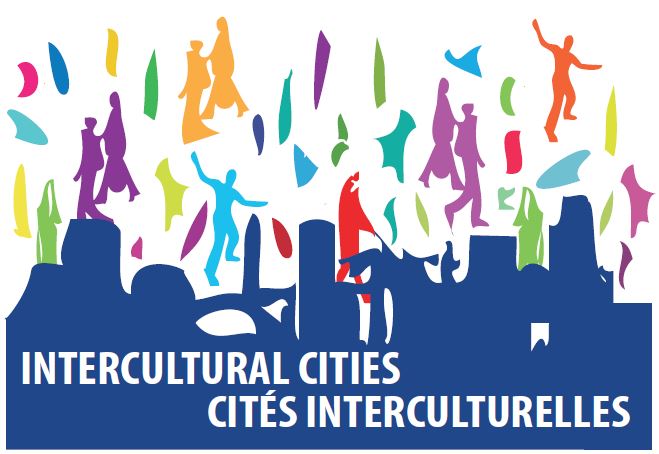Oslo, Norway - Intercultural City

Most people do not think of Oslo as a place of great cultural diversity. Norway was isolated from the main flows of internal European migration for many centuries and was not a colonial power. It is still a relatively new nation only recently celebrating its centenary of independence. For many years it was primarily a country of emigration as people left behind poverty for a new life in the US and Canada. Only in the 1970s, with the revival of the economy led by offshore oil production, did the tide turn and Norway became a place of attraction for immigrants and the majority of them have settled in the capital, Oslo, adding a cosmopolitan touch to this quiet capital of the North.
Oslo is the capital of Norway. It has a population of 580,000. The majority group makes up 74% of the city’s inhabitants. This group can be further divided by place of birth: 40% were born in Oslo, 40% were born in another part of Norway and moved to Oslo, whilst only 20% were born abroad. 26% of the city's total population are foreign-born. Out of these 19% are first-generation, whilst second generation make up 7%. The ethnic composition of the city’s population in descending order comprises: Pakistani-3.60%; Pakistani descedent-3.6%; Somali-2%; Swedish-1.5%; Polish-1.5%; Tamil-1.2%; Iraqi-1%; Turkish-1%; Marrocan- 0.9%; Vietnamese-0.9%; and Iranian-0.9%.






